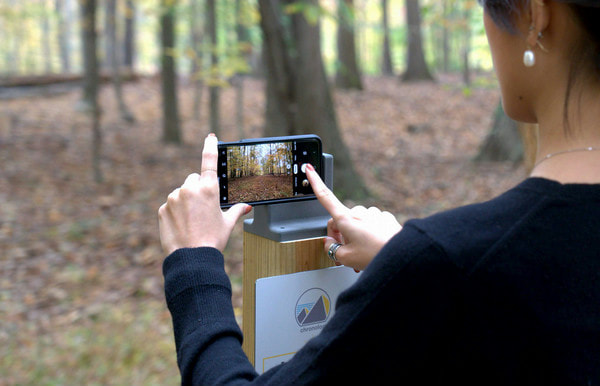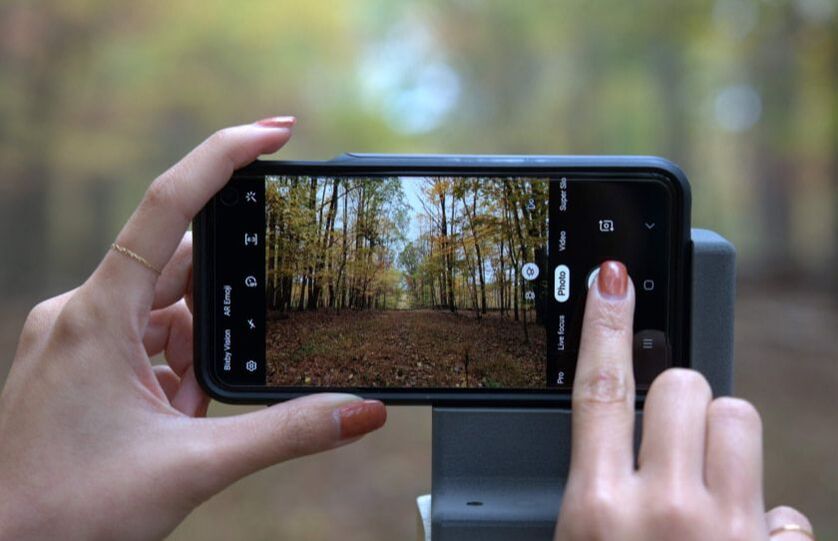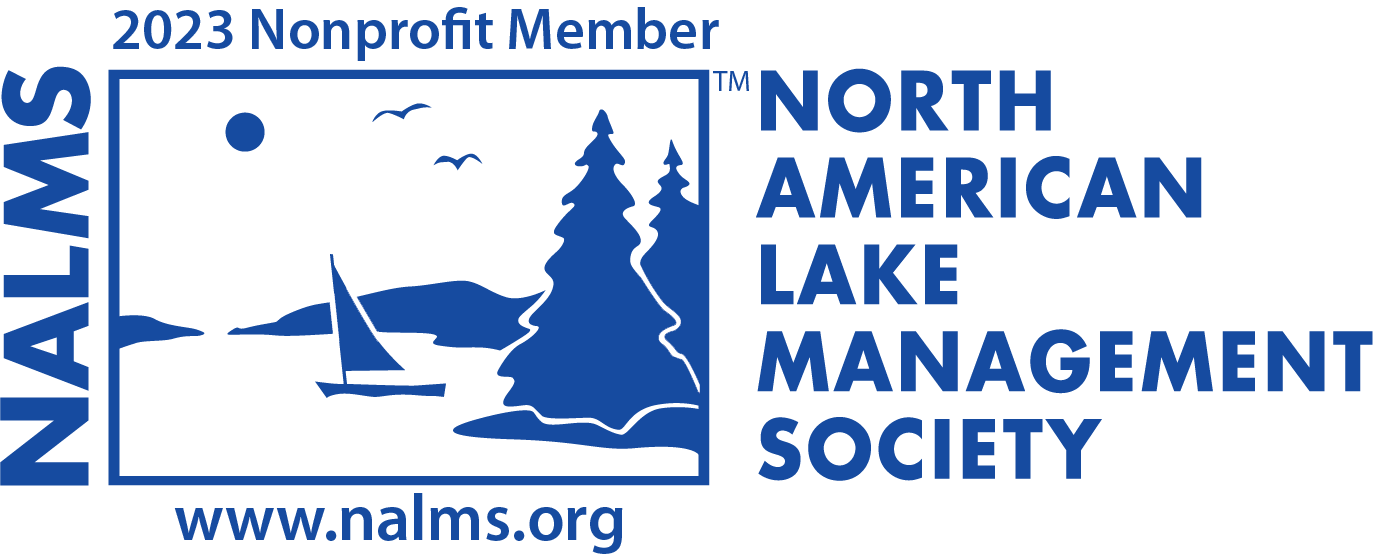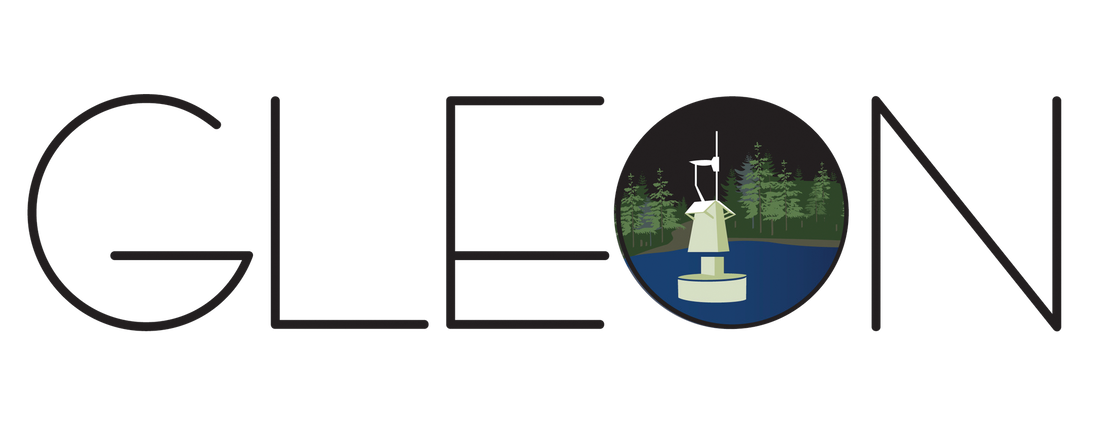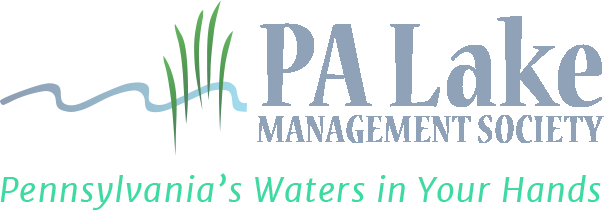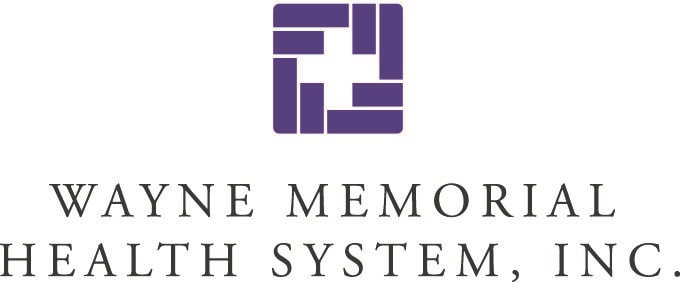Chronolog: Environmental Monitoring at Lacawac

Changes in forest health generally happen gradually. Invasive species, for instance, tend to spread slowly through a forest, little by little, year by year, crowding out native plants and animals. Even after a sudden disruption to forest health, like a severe wildfire, it’s not uncommon for forested ecosystems to take decades to recover.
Because most of the changes that occur in forests happen incrementally over many years, it can be a challenge to map and measure those changes at scale across parks, nature preserves, and other community green spaces. But what if outdoor recreators—who already frequent these places—were able to help with monitoring for forest health? That’s the aim of Chronolog.
Chronolog is a new community/citizen science project that helps researchers and land managers install photo stations at environmentally significant locations. Using a photo station (pictured above), any citizen scientist can take photos from a standardized point of view and submit them to be included in a crowd-sourced time lapse.
Lacawac has two photo stations monitoring the environment- one on the Big Lake Trail (forest monitoring) and one on the boardwalk off of the Lake Lacawac Trail (lake monitoring). Visit Lacawac's project page at Chronolog at https://www.chronolog.io/project/LSB. We welcome the public participate in our monitoring project. See the time lapsed videos below.
Crowd-sourced time lapses (like the one below) not only create new phenological records, they also involve the public in the scientific process. The effects of erosion, prescribed fire, invasive plant species, or changes in seasonal patterns can be told through a visual story, and by submitting personal photos, the public becomes a part of that story.
Citizen science projects like Chronolog are proven to help boost scientific literacy. Whether a visitor snaps a photo record at a photo station or just spends a few minutes browsing photo inventory online, chances are good they will leave the experience having learned something about forests or forest health monitoring.
Each photo submitted also helps environmental educators to show and not just tell how the Earth is in a constant state of change. Forestry professionals, school teachers, and landowners—all of whom can be environmental educators—can use the time lapses to explain the benefits of forestry practices, like prescribed fire and sustainable timber harvesting, as well as the effects of forest threats, like rising sea levels and invasive species.
Authored by Jake Rose of Chronolog

